IBM's 100th Birthday: 10 Top Presents From IBM To Us
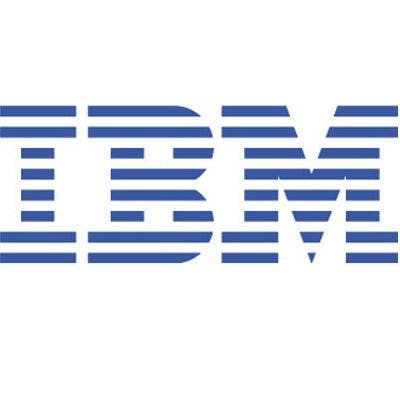
Happy Birthday, IBM!
IBM, which celebrated its 100th birthday Thursday, is more than just a PC company, or a computer company, or even an IT company. Starting as a humble maker of scales, work punch-clocks and other devices, IBM evolved into a research company which has developed not only the first PC or hard disk drive, but also the first UPC barcodes, magnetic stripes, and virtual machines, to name a few examples.
There are too many IBM products or innovations to cover in one sitting. But turn the page for a quick look at 10 of those products and innovations which have had some of the biggest influences on how the world's consumers and businesses handle their IT and business needs.
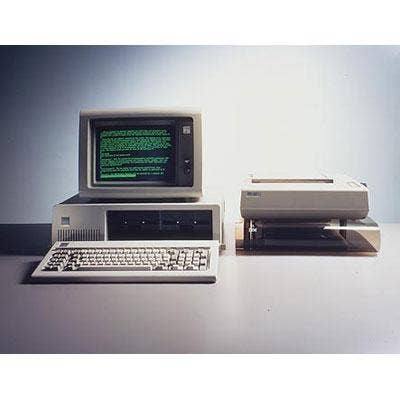
The Personal Computer
IBM was synonomous with innovation, but not always for nimbleness. So the idea that a computer priced under $90,000 could be used at home or in a business was ignored by IBM until 1981 when William Lowe, then systems manager for IBM Entry Level Systems, met with IBM CEO Frank Cary to talk about a computer with a price tag of under $1,500.
For perhaps the first time, IBM decided to look outside the company for components such as a Microsoft operating system and an Intel processor, and in August introduced the IBM 5150.
Just as important as building the first PC was the decision to publish the architecture so others could build PCs, components, accessories, and software, thereby starting the PC revolution.
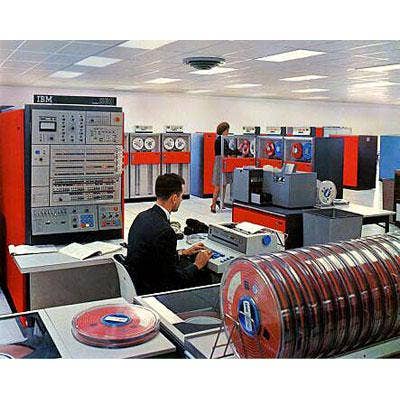
System 360 -- Start Of The "System" Approach
The PC wasn't the first time IBM made possible the growth of entire industry. For the first time, go back to 1964 and the unveiling of the IBM System 360.
The S/360 represented IBM's, and the computer industry's, first release of a computer system which was designed to allow other manufacturers' products, such as Telex tape drives and Memorex hard drives, to add functionality beyond the core vendor's original system.
The S/360 would eventually be one of the most successful computer systems ever launched. IBM claims that 25 years after its launch, products based on the S/360 accounted for over half its revenue and over half of the world's inventory of $100,000+ systems.
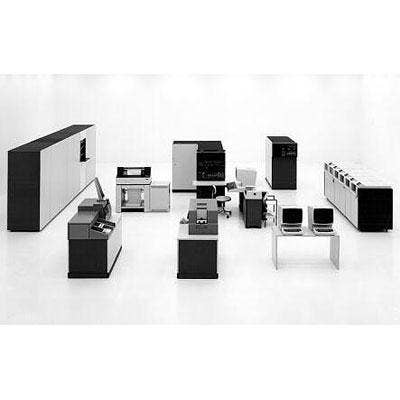
Virtualization? VMware? Not Really...
When most people in the IT industry see virtualization, they think VMware, which more than any company has made it the ubiquitous company it currently is. But the idea of virtual machines, or running more than computer's workload on a single computer, was first introduced in 1972 with the unveiling of IBM's "System/370 Advanced Function."
Virtual machines have come a long way since the System/370 Advanced Function, which was originally used mainly internally by IBM. Today, IBM's z/VM virtualization technology allows thousands of Linux or other virtual machines to run on a single mainframe, while customers can run hundreds of virtual machines on a single x86-based host machine using VMware, Microsoft Hyper-V, Citrix XenServer, or other technologies.
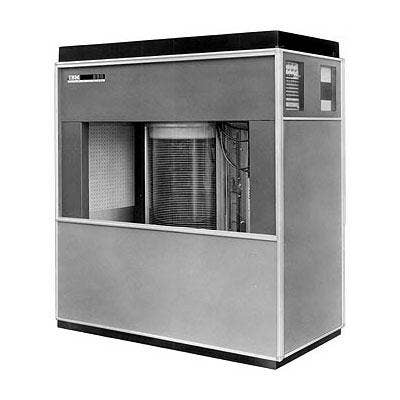
The First Hard Drive -- 5 MBs In A Room
In 1956, IBM invented the first hard disk, RAMAC 350 Disk Storage Unit, the first device to allow large quantities of data to be randomly accessed on a bit-by-bit basis.
Let's define "large quantities of data." The RAMAC 350 stored 5 million data encoded characters (5 MBs) on a a device with 50 disks rotating at 1,200 rpms that provided a 800-millisecond access speed, all in a compact, 6-foot-tall enclosure.
Contrast that to 2011, where several manufacturers are offering hard drives with capacities of up to 3 TBs of data.
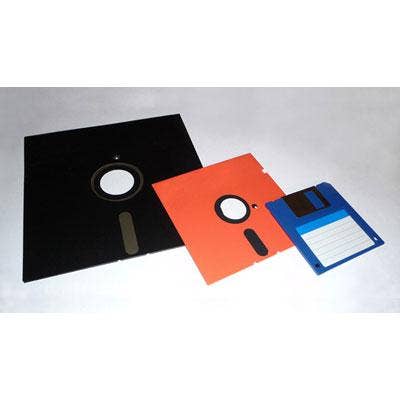
The Floppy Disk -- Hello, And Good Bye
IBM was also the inventor of the floppy disk, a mainstay of nearly every computer and PC sold until the introduction of low-cost CD and then USB storage technology sent them to trash bins just a few years ago.
IBM first developed them with a diameter of 8 inches and a paper case which kept them clean in 1967. By the late 1970s, a 5.25-inch version was in use, and came with the Apple II PC. In the late 1980s, they were replaced with 3.5-inch versions. But today they mainly sit in dusty containers and drawers, seldom seeing light.
The floppies were important for two reasons. First, they gave the typical PC user a way to back up and share files at a time when the alternative was a cassette tape. More importantly, they made possible the sale of shrink-wrapped softare, and in the 1990s, the spread of AOL and Internet access.
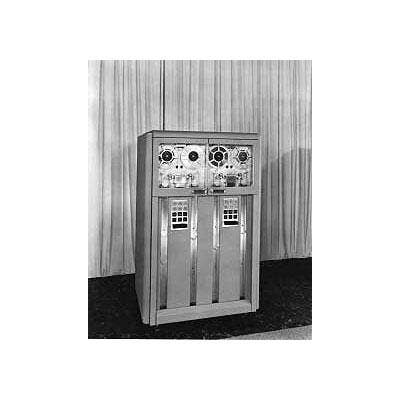
Tape Is Dead? Never!
While businesses and vendors have been trying to get tape out of the storage business, it still remains the most common media for backing up and archiving data.
Tape was a storage media, and the whole idea of a mass storage device, became a reality with the 1952 introduction of the IBM 725, a device for reading data from and writing data to magnetic tape. The IBM 752 used half-inch-wide non-metallic tape that recorded data in six of seven channels running the length of the tape, with the seventh channel used for error checking on the other six channels. IBM offered 200-foot and 1,200-foot reels that allowed data written by one machine to be read by any other.
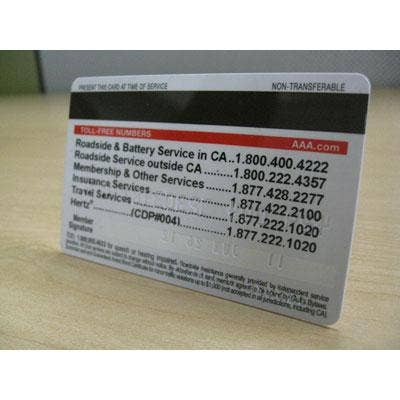
Swipe This -- The Magnetic Stripe
IBM developed the technology for putting a strip of magnetic data recording medium onto a plastic card in the 1960s originally as a way to develop identity cards for the CIA, and in the process spawned a revolution of ideas. Magnetic stripes made possible the use of credit cards to quickly close retail transactions, and has been adopted for such uses as medical insurance cards and even throw-away hotel door keys.

Barcodes
IBM developed the UPC (universal product code) barcodes, along with the required scanners, in 1973 in response to requirements by the supermarket industry for a faster way to manage inventory.
Actually, barcodes were invented in 1949. But it took the introduction of low-cost lasers to enable IBM to develop a scanner which could take advantage of the barcodes.
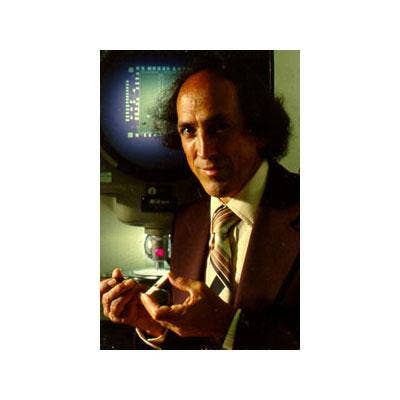
DRAM -- The Machines Remember
IBM Fellow Robert Dennard invented the DRAM in 1966 as a way to overcome issues with another technology, magnetic core memory, which was also being developed at the time. Working in his spare time, Dennard came up with a way to combine an access transistor and a capacitor for reading and writing data, which was patented in 1968.
DRAM chips started becoming computer mainstays thanks to the development by Intel of a 1-KB DRAM chip in 1970, which led to large memory for PCs, servers, and a host of electronic devices as well as to the development of high-speed memory systems.
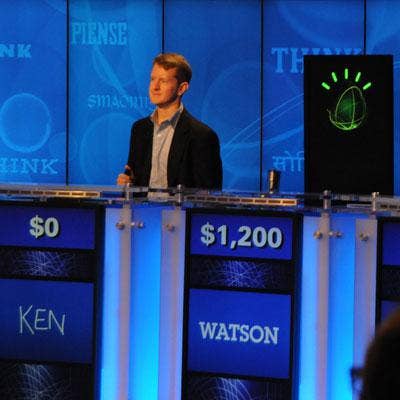
Watson -- Putting Humans In Jeopardy?
IBM this year unveiled Watson, a computer system consisting of 10 racks, each with 10 POWER750 servers with a total of 2,880 processor cores and 15 TBs of memory and running the Linux operating system. Most importantly, it was programmed with the help of multiple universities to be able to come up with the question to natural language answers posed on the Jeopardy! game show.
Watson, which went on to defeat two of Jeopardy!'s top champions, is now the centerpiece of an IBM program to bring its natural language capabilities to a wide range of business and teaching opportunities, laying the groundwork for a future yet to be determined.